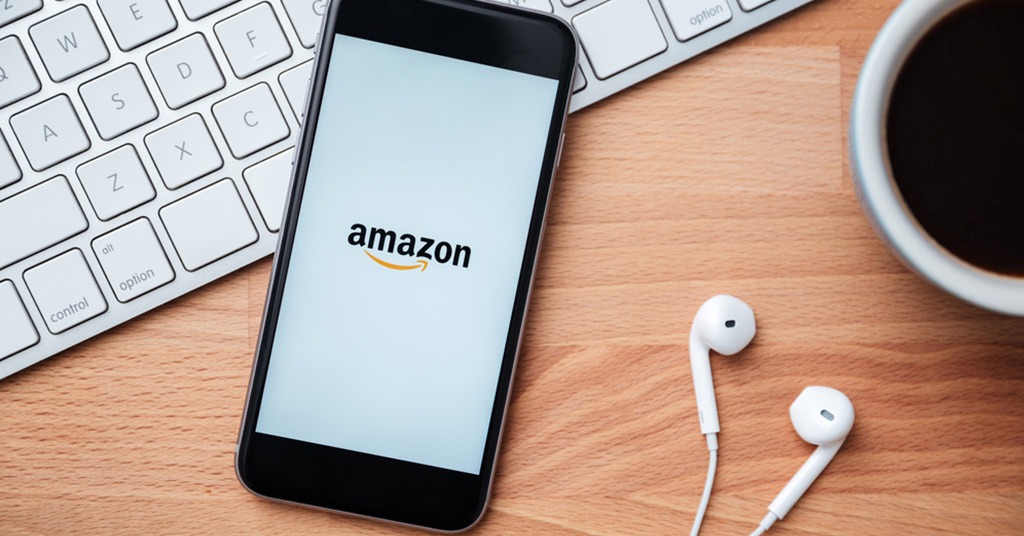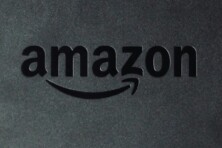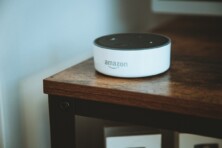The marketplace gives returned and overstock inventory new life

Amazon rolled out two new Fulfillment by Amazon programs in Europe. Source: shutterstock.com
According to Ecommerce News, Amazon has introduced 2 new Fulfillment by Amazon programs in Europe to give more products a second life. With FBA Liquidations and FBA Grade and Resell, Amazon lets sellers to recoup potential losses on returned and overstock inventory.
The company claims that these programs are a way for sellers to profit from selling on Amazon while helping to build a circular economy.
Customer returns are of course something every online retailer has to deal with.
The first program is called FBA Liquidations and gives sellers the option to make use of Amazon’s existing wholesale liquidation partners and technology so they can recoup potential losses on returned and overstock inventory. The program is live in Germany, France, Italy, Spain, and the US, and will soon also launch in the UK.
Prior to FBA Liquidations, Amazon sellers would need to have these items sent back to them or have Amazon donate the product on their behalf.
Sellers on Amazon in Europe who want to resell items that customers have returned can use the second program, called FBA Grade and Resell. The program is currently available in the UK and will also become available in the US by the end of 2021. The other major markets in Europe – Germany, France, Italy, and Spain – will follow early 2022.
FBA Grade and Resell enables vendors to sell returned products on Amazon as used items instead of having the items sent back to them or donated. If a customer returns a product, the seller can choose to automatically route it to the new program. Amazon will evaluate the item and assign one of four standard “used” conditions: like new, very good, good, and acceptable. The seller then sets the price and can manage pricing, advertising, and sales using their existing processes, just like they do for new items.
We’ve reported that Amazon hit with multi-million GDPR fine.
SEE ALSO:









